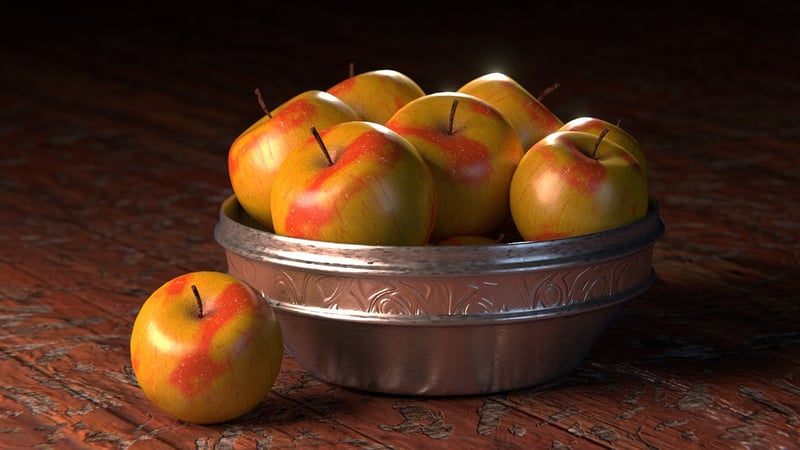 Via
Pixabay (2016), CC0 Public Domain
Via
Pixabay (2016), CC0 Public Domain
The leaves begin to fall to the ground, the evenings come sooner, and the air is cooler. Celebrations are held to commemorate harvest and animals move to their winter habitats. Children are back to school. Art projects are given to children to find large, colored leaves to remind them of the changes in the trees.
As Catholics, we embrace the Saints who are now in Heaven on November 1st: All Saints Day. And, most important, we send our prayers and Masses for all the departed souls in heaven and Purgatory on All Souls Day: November 2nd. In many churches we have banners with the names of Catholics who have died that year.
“Eternal rest grant unto them O Lord. Let the perpetual light shine upon them. May the souls of the faithful departed through the mercy of God rest in peace!”
Why does this time of year hold so much significance to Catholics? I think one of the reasons is because we distinguish the connection to Jesus Christ’s love in the way we remember the dead. We like to adhere to the hope that there are no obstacles that might keep those that we loved from enjoying being in the presence of God. We pray that God will remove the weight of sins from those that we loved who have died and allow them a place in heaven with Him. Why do we know this is possible? This is Jesus. He raised Lazarus from the dead and we want Him to raise each of us, sinners that we are. We know that Jesus shed his blood so forgiveness of our sins would be possible. “Repent and be baptized everyone of you in the name of Jesus Christ for the forgiveness of your sins and you shall receive the gift of the Holy Spirit.” (Acts 2:38)
Prior to All Saints Day and All Souls Day, this the time of year also brings Halloween on October 31st. Halloween, which actually comes from the All Saints Day celebrations in the early Church, was the day set aside for the remembrance of martyrs and saints, originally known as All Hallows Eve and later changed to Halloween. The word “Hallow” means saint or holy. Even though now Halloween is a highly commercialized day with costumes candy and decorations not unlike Christmas, its origin was intended to recognize the anticipated celebration of All Saints Day.
When I was young and attended Catholic school, the Sisters would let us dress up as Saints to commemorate All Saints Day. There were a lot of old sheets worn that day with halos made from foil.
It seems like every year the question comes up whether allowing children to participate in Halloween is appropriate. When my children were young, Halloween was a fun community neighborhood celebration. Every home participated in a fun evening for the children. I would let my children have a Halloween party with bobbing for apples and playing games and going on scavenger hunts, followed by an early evening of eating sloppy Joes, and ending the evening going to the different houses in the neighborhood saying, “trick or treat.”
There is a concern that Halloween also brought the rise of horror movies or suggestions of acknowledging evil and the devil; I think it truly is up to parents to discourage this type of behavior which can lead to giving validation to ugly concepts.
[Tweet "Use Halloween, All Saints Day + All Souls Day to pray for souls, recognize God's gifts."]
All Saints Day and All Souls Day and yes even Halloween, I think when used as a memory to acknowledge those that have gone before us along with recognizing the gifts given to us from so many wonderful Saints and praying for the souls in Purgatory make the gift of fall meaningful along with the outward changes going on around us. As said in the Apostles Creed,
“I believe in the Holy Spirit, the holy catholic Church, the forgiveness of sins, the resurrection of the body and life everlasting, Amen.”
Copyright 2016 Catherine Mendenhall-Baugh
About the Author

Catherine Mendenhall-Baugh
Catherine Mendenhall-Baugh (Cathy) completed her education in Special Education and English and now works as an Agent in the Insurance Industry. A mother and Grandmother, Cathy grew up in a large Catholic family and has spent the last 30 years as a caregiver for her husband, Jack. She is a cancer survivor, which inspired her to begin writing.


.png?width=1806&height=731&name=CatholicMom_hcfm_logo1_pos_871c_2728c%20(002).png)
Comments